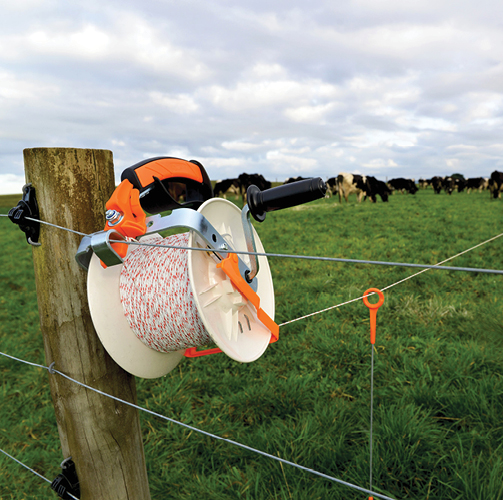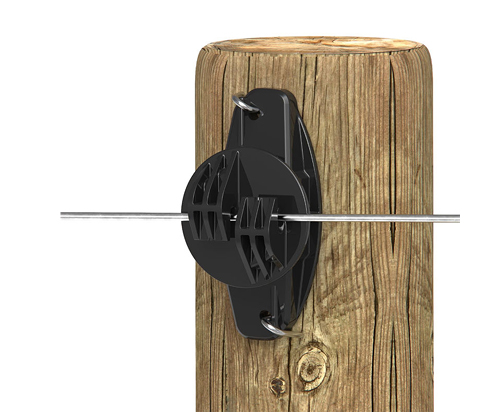

Electric Fencing Tips
From checking the earthing system to seasonal adjustments, enjoy these tips for maintaining, testing and keeping your electric fences safe.
Regular Inspections: Frequently check your fence lines for any signs of wear and tear, such as broken wires, loose connections, or vegetation touching the fence. This helps maintain consistent performance.
Test the Energizer: Ensure your energizer is working correctly by using a fence tester. A properly functioning energizer is crucial for delivering the necessary shock to deter animals.
Check the Earthing System: The earthing system is vital for the effectiveness of your electric fence. Use a voltmeter to test the voltage between the earth stakes and the ground. Ensure there are enough earth stakes (one for every five joules of stored energy) and that they are properly installed.
Clear Vegetation: Regularly clear any vegetation that may come into contact with the fence. Plants and weeds can short out the fence, reducing its effectiveness.
Maintain Fence Tension: Keep the fence wires taut to prevent sagging. Loose wires can lead to poor conductivity and reduced effectiveness.
Inspect Insulators: Check insulators for cracks or damage. Damaged insulators can cause short circuits and reduce the fence’s efficiency.
Seasonal Adjustments: Adjust your fence setup according to seasonal changes. For example, in wetter regions, ensure the earthing system is adequate to handle increased moisture.
Regular Testing: Periodically test the entire fence system, especially during dry periods, to ensure it is functioning correctly. This includes testing the voltage at various points along the fence.
FEATURED PRODUCTS



Gallagher Energizer 15Ha
The B300 is a versatile Energizer - ideal for providing portable power for short term animal control but also for permanent installations, in remote areas with no mains power.

Gallagher Insulator Claw Wood
The most popular choice for permanent electric fencing using wood posts. High quality insulator for fitting plastic wire to wood posts.